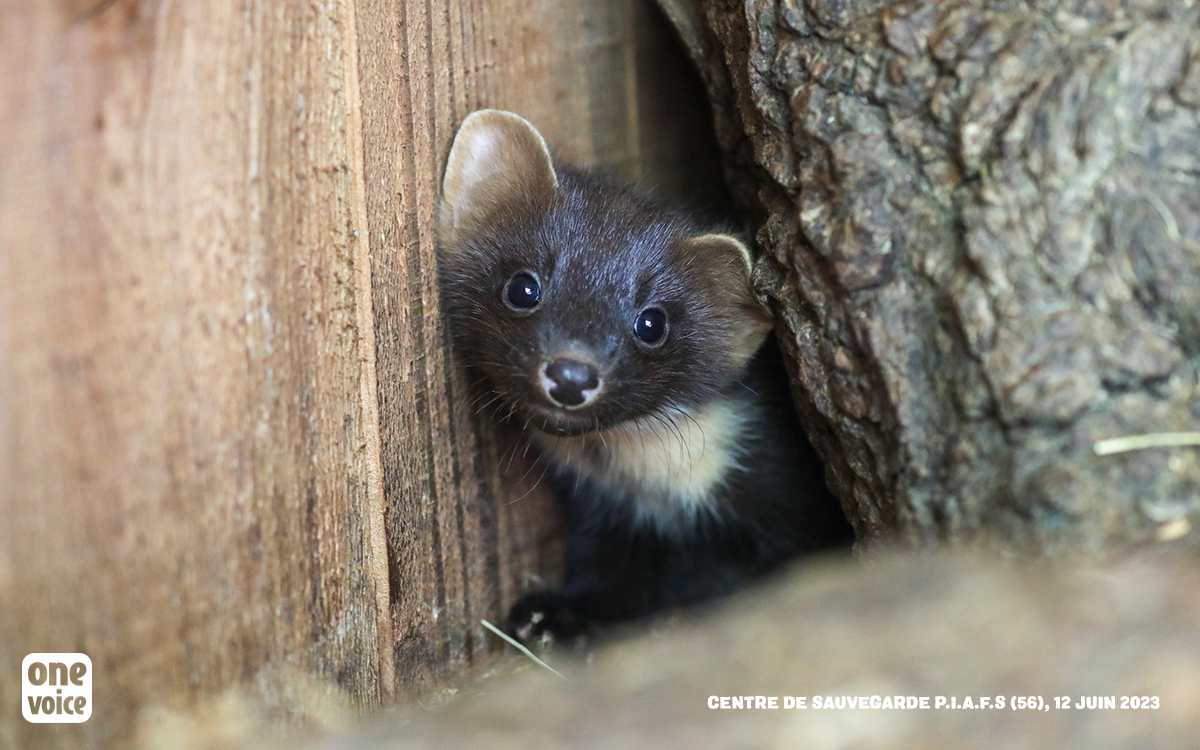

Animals classified as species likely to cause damage: hunters’ black list
They were considered as ‘pests’. Nowadays they are a ‘species likely to cause damage’. Grouped under this label, as unfair as it is scandalous, foxes, martens, jays, and many other animals trying to survive in our threatened natural spaces are on death row. We will not let it happen.
A massacre is brewing in the hushed prefecture corridors. From the end of the summer, a new ministerial decree will come into force. A long black and white list of those condemned as a species likely to cause damage will be written in each department in France. With this law, numerous animals will be hunted down, trapped, and continuously exterminated all year long, outside of the periods that have already been authorised. This classification, concocted every three years by trappers, wolf hunters, and State representatives, is nothing but an outright extension of the right to kill being granted to hunters during the ‘normal’ opening season for hunting.
Species likely to cause damage: environmental nonsense
The term ‘pest’, toned down in the French with the use of an acronym [ESOD: Espèces Susceptibles d’Occasionner des Dégâts], is nonsense. In the wild, good and evil do not exist. And biodiversity, to be in a good state, needs everyone. Every animal has its place here. In one year, a single fox can eat between 3900 and 6300 rodents, which are lovers of agricultural crops. Foxes are health agents and also prevent the propagation of Lyme disease, carried by ticks. Yes, foxes play the role of a natural regulator, much more respectful of the environment than the spreading of polluting chemical products.
A death sentence played out in advance
But the real aim of this abominable list is to please the hunting lobby. They are involved at all stages of its development. Given by prefects at the Ministry of the Ecological Transition, the classification as a species likely to cause damage firstly passes through each Departmental Commission for Hunting and Wildlife, which gives its opinion or makes its own classification requests. What about animal welfare associations? Scientific opinions? Checks on the ground? There is nothing to support the validity of this arbitrary list, established on a simple declaration. The animals therefore have no one to defend them. No chance of getting out alive. Their fate is played out in advance.
We are fighting, department by department
To counter this decree, we have already been working for months on end. Legal experts dedicated to the issue are again contacting prefectures every day to obtain documents. As usual, administrations are dragging things out or not even responding. We are therefore forced to refer to the Committee for Access to Administrative Documents [Commission d’Accès aux Documents Administratifs (CADA)]. We know these time-consuming proceedings well. But we are belligerent. Each document received is analysed. We are checking every loophole, every inconsistency. To implement a counter-attack, we have also called on naturalists and we are relying on scientific studies and investigating on site, alongside our contacts on the ground.
‘Pests’, as they call them, are living, sensitive, intelligent beings. They all have their place within already weakened ecosystems. Do they have to perish, shot at point-blank range or trapped in vile cages, strangled, mutilated, in a state of unbearable stress? We oppose this with all our power.
participate in the public consultation
Translated from the French by Joely Justice